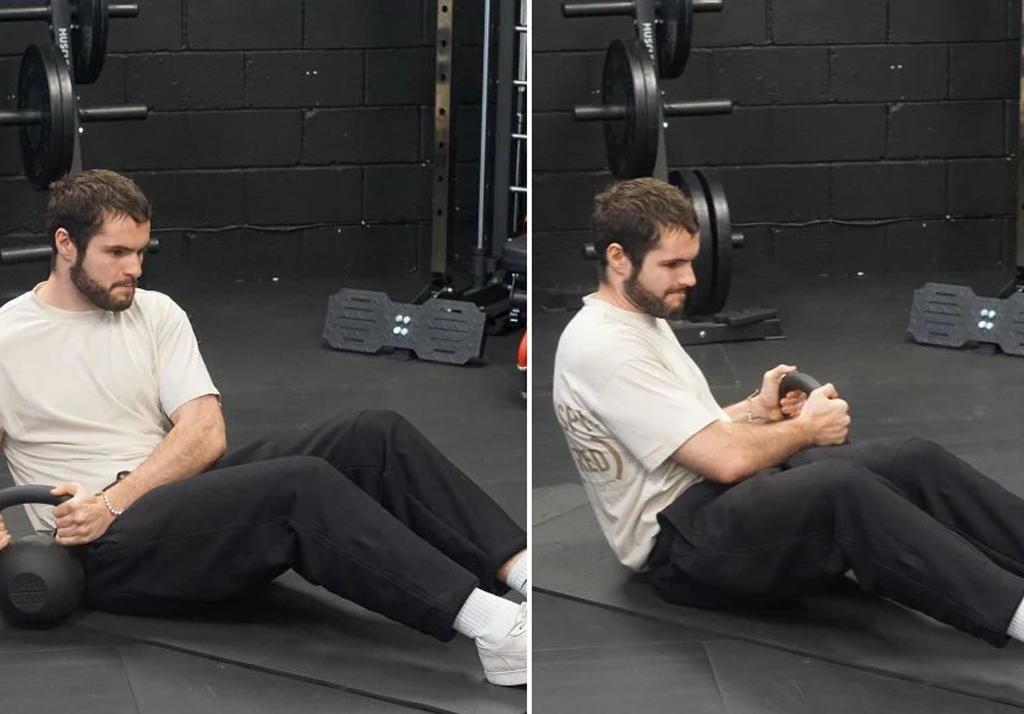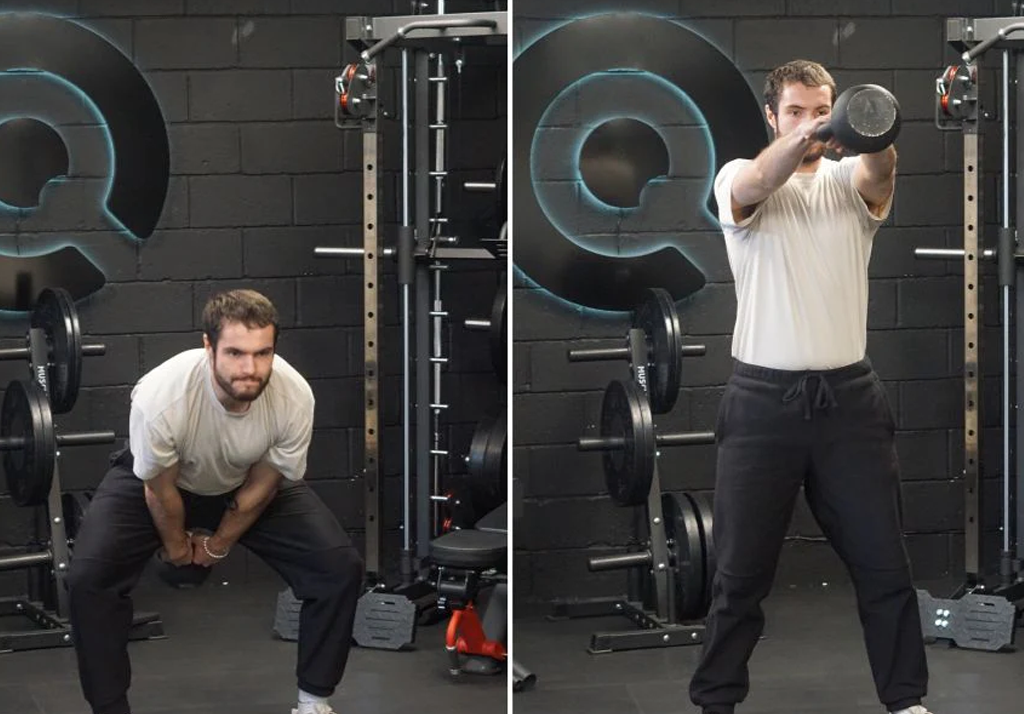Isolating? Children sick? Broken car? Holiday with no gym?
In fact, as I wrote this article I was self-isolating, waiting for test results. Luckily, everything turned out to be fine, but if the results had come back positive and I didn't feel up to my normal training sessions, I'd be continuing with workouts like the one we're going to discuss today.
Today I'm going to talk you through a full-body training session that you can complete in your living room with just your sofa as a handy tool!
There will be easier and harder options to suit everyone's training ability.
Training from home can have all sorts of wonderful benefits:
● You can train in your pyjamas
● You can have any playlist on to listen to and as loud as you like
● Post-training meals can be made much more quickly since you're right by your kitchen
● Rest periods can be pretty comfy on your own sofa.
● Workouts can be done any time, whether you're waiting for dinner to cook or have a quick 20 minutes spare, without having to go anywhere.
So let's go through our training session, and remember to mobilise and warm up first. You can get some ideas for these here.
I would suggest a layout something like this:
Push-ups 3 x 6-10 reps
Hip thrusts 3 x 10-15 reps
Hollow hold 3 x 20-30 sec holds
Squats 3 x 8-12 reps
Finisher - dips and box jumps three rounds of 20 dips and 20 box jumps in as little time as possible.
I will go through each movement in more detail below.
We will start with an upper-body exercise in the push movement pattern. For this, I'll give you an easier and harder option.
Push-Ups
Easier variation: Incline Push Up
Incline push up completed either on the arm or seat of your sofa dependent on ability.
Some tips for completing this movement - your body should be straight and braced, like when completing a plank. Aim for the hands to start under the shoulders and finish on either side of the chest.
Harder variation: Decline Push Up
Decline push up - where the feet are raised, increasing the load and therefore the requirement of the muscles in the upper body.
Next, we are going to complete a lower body posterior chain exercise. Again there will be a harder and easier option. These exercises will be looking to target the hamstrings and the Glute muscles.
Bodyweight Hip Thrust
Easier variation
We are looking to achieve hip extension and posterior pelvic tilt whilst keeping a braced core. Keep your eyes looking forward as you push your hips up towards the ceiling, driving through the heels, not the toes.
Harder variation
Exactly the same movement, but let's make this a little bit more challenging by completing it in a single leg position.
Onto a core exercise next.
Hollow Hold

In a hollow hold, we are looking to keep the distance between the lower ribs and hips the same and for no extension to occur as we take the arms and legs away from the centre.
The straighter your legs are and the further away they go from your body, the harder this will be, so pick a position that works well for you and challenge yourself for how long you can hold it.
Time to give the legs some attention and train them through the squat pattern.
Box Squat
Easier variation
Here we are looking to keep consistent depth and not relax onto the seat with each rep. A good way to imagine this is that your sofa is made of glass; you want to touch the glass but not break it as you squat down.
Just to remind you, when squatting, it is okay for your knees to travel forward over your feet. This is, in fact, essential when squatting with good form.
Harder variation
Similar to the hip thrust, let's now make this harder by taxing this movement in a single leg position.
A Bulgarian split squat or foot elevated split squat is a great way to do this. The things to pay attention to in this movement are the ankle and knee stability in the front/working leg.
Tricep Dips and Box Jumps
These final two movements, you can superset together to form a heart raising finisher. To superset, perform one exercise straight after the other without resting, then take a breather once you've finished both before repeating for another set.
Tricep dips become increasingly hard the further your feet are away from your hands, so find a position that creates the intensity you require.
It's important to take care with your box jumps and keep them controlled otherwise you risk injury. If you're not comfortable with the jump, you can substitute for stepping up and down onto the sofa, as this will still work your legs and raise your heart rate.
If you've tried this workout in the format I suggested at the start of the article and decide you want to try something a bit more challenging, another option would be to make this more time-bound by using something such as an AMRAP - which means as many rounds as possible. For example, set a timer for 30 minutes, keep the reps as prescribed above and complete as many rounds as possible, only resting when required in 30 minutes.
Hopefully, this should give you some ideas on how to keep training at home when circumstances are less than ideal or maybe when you just fancy a bit of a change.

 Feb 01, 2022 - Fitness Trainer
Feb 01, 2022 - Fitness Trainer


Leave a comment: